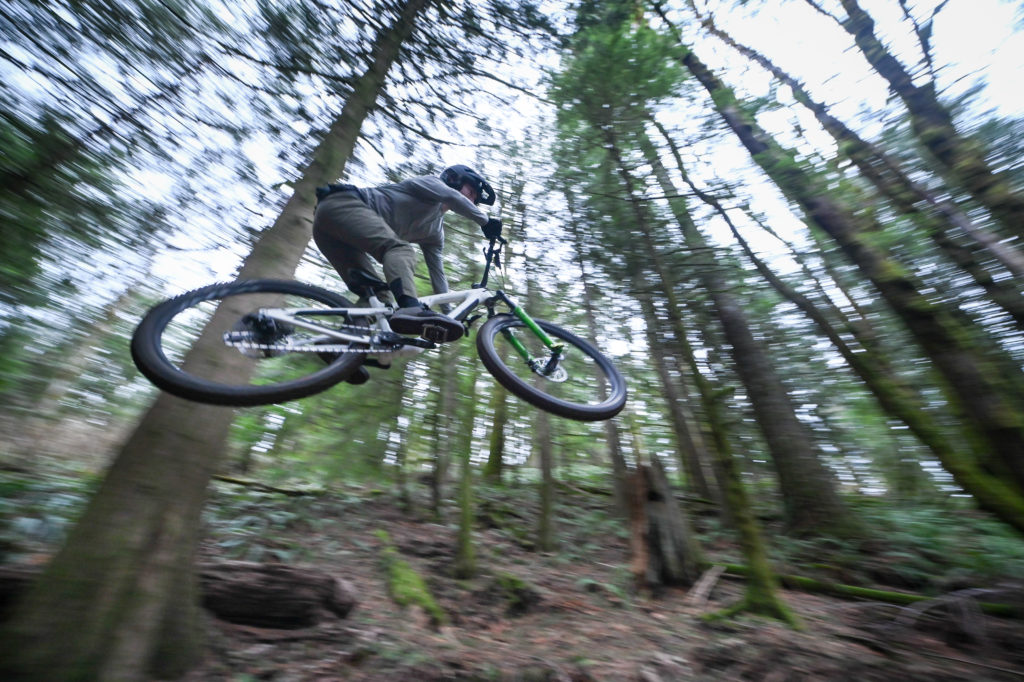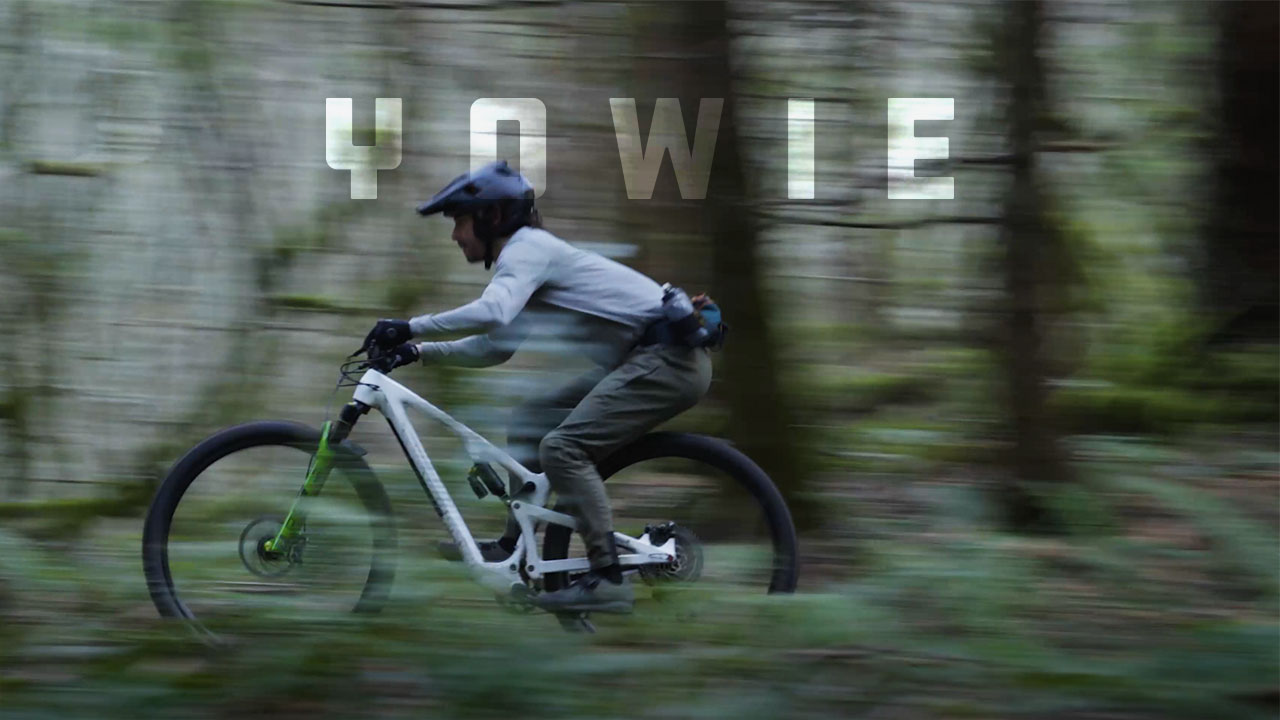It’s a common question we get in the bike industry, “Why do you take so long to come out with a new bike?”. The short answer is “It’s complicated, but not that complicated.” If you’ve followed Diamondback throughout it’s almost 50 year history, you’ll know that we don’t put out anything we don’t stand behind. Phrased less corporate, we don’t release a bike until we’re psyched to ride it. Not just the frame. Every single spec. Not just for one season. Every season. Not just one kind of terrain. All terrains.
All of that testing takes time and we’re lucky to have the feedback of longtime DB Team Rider, Eric Porter, whose career has taken him from cross country to downhill and from Utah to Iceland. Check out all of his adventures on his YouTube channel.
What most people don’t know is Eric is more than a badass rider, rad dad, and backyard-jump-builder. We also tap into his everyday experience to get insight into what we should build next. This is the beginning of the Yowie story. Back then it was creatively referred to as the short travel 29’er.
Years ago, Eric was attending his kids’ MTB team practices and coaching with his local NICA league, and noticed many of the bikes had too much travel for what the racers needed. So he brought the challenge to the DB product team; make a short travel mountain bike that could run XC, still handle the challenges of tough terrain, with geometry that’d keep it fast and maneuverable.
Call it a crystal ball or good ol fashioned foresight, but our product team knew XC was in for an evolution. They set out to make a bike that supported a 130mm fork matched to 110mm rear travel. This little bit of extra cush could ensure a rider could handle any bigger features that were sure to show up in cross country races. They also wanted geometry that could keep the bike capable and active, a balance between the new longer, slacker trail bikes and a traditional XC bike. A 67 degree head angle would keep the angle slack enough to keep the front wheel out front, stable in steep descents, but with the quick handling necessary in tight technical climbs. The 75 degree seat angle would keep the rider in an optimum position for steeper climbs.
All in, we wanted to make sure the Yowie would be capable of big things.

Once a frame was designed and prototypes were made, the real fun began. One bike went to Eric, whose dust-covered XC trails in Utah were perfect for testing its speed and efficiency.

One bike stayed in western Washington, where our product manager could take it through our famous PNW loam, making sure it could handle all the rocks, roots, and technical terrain we could throw at it.

This variety of testing isn’t just about making sure the frame is solid (we put our bikes through vigorous third party testing before it gets to any human), it’s also about making sure the combination of parts is just right to match the variety of pricepoints we like to offer. If you’ve read a review of a Diamondback, you’ll likely notice the most common compliment is spec-for-the-price. It’s a tough job to make sure we’re outfitting each bike with something that’ll make you say “wow”, while keeping it something you can afford.

Over several years, several seasons, and all kinds of terrain, the pieces fell into place. Between Eric and our product manager, over 1000 hours of testing have gone into the Yowie. The result is five spec options, all a workhorse that can handle just about anything.

If you’re into racing, exploring, all day adventures, or fast and intense routes, you’ll find the Yowie suits it. Check out the action and see it being put to the test. If you’re interested in capturing your own this summer, sign up to get more details. Oh, and what’s with the name? Well, being in the PNW, we know a thing or two about legendary, hard-to-catch beings. A bike that can endure long days in adventurous terrain seemed like the perfect way to pay homage to the elusive beast.






